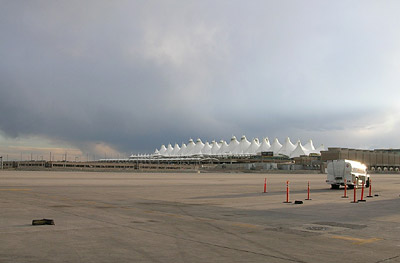It only looks simple in hindsight, when compared to modern technology. But at one time “simple” technology was state-of-the-art, the most sophisticated equipment available. And however simple it seems to us now, it was generally more complex to operate than the machines we use to do the same jobs. The parallel trends throughout recent human history have been of machinery becoming simultaneously simpler to use and more complex in design.
Here’s an account by a railroad enthusiast of the many tasks he must perform to get an antique steam locomotive up and running. I’m sure professional crews did it faster, back in the day, but the point is that a lot of work has to be done — and done in precisely the correct way and in the correct sequence — before the locomotive will move. How long does it take to start a Boeing 757? A few minutes? And compare the modern Boeing, which can be flown by two people, to large piston airliners of sixty years ago, whose power, fuel, electronic and navigational systems were so complex to operate as to require an additional one or two dedicated crew members. The same trend is evident in automobiles, which are easier than ever to drive, and extremely reliable by historical standards, while being tremendously complex under the hood (and in the computer).
To paraphrase Saint-Exupery , the steam train was once as radical as space ships are now; one day our modern Boeing will be as much an antique as that old locomotive seems to us. Life in the old days was not simpler. People had fewer options than they do now, and task-for-task many of the things they did required more work, often much more work, for the same results.
, the steam train was once as radical as space ships are now; one day our modern Boeing will be as much an antique as that old locomotive seems to us. Life in the old days was not simpler. People had fewer options than they do now, and task-for-task many of the things they did required more work, often much more work, for the same results.
—-
Related: More “Simple” Old Technology
